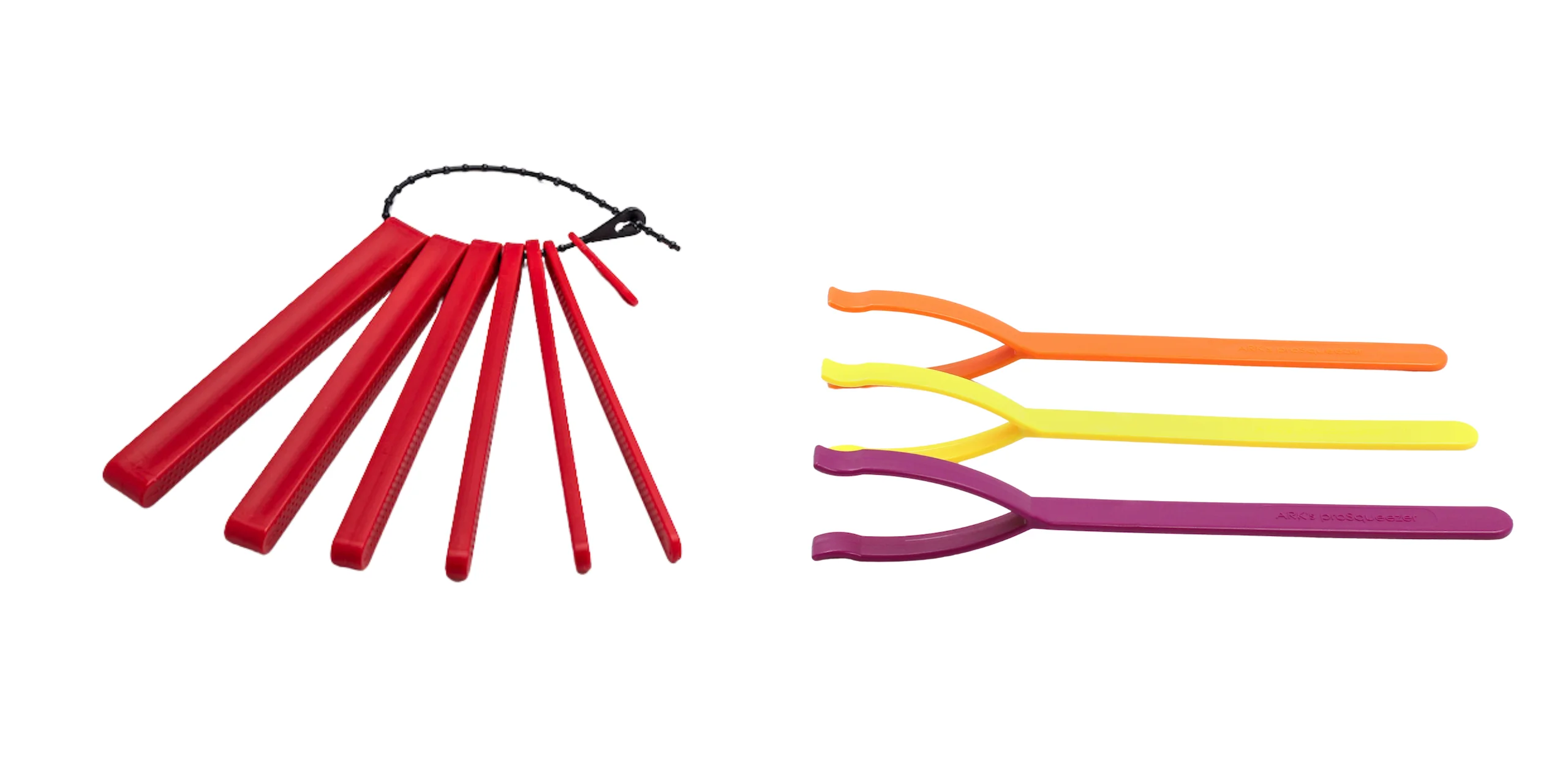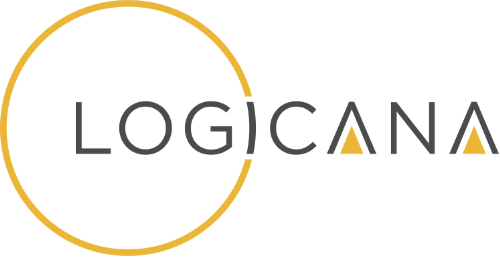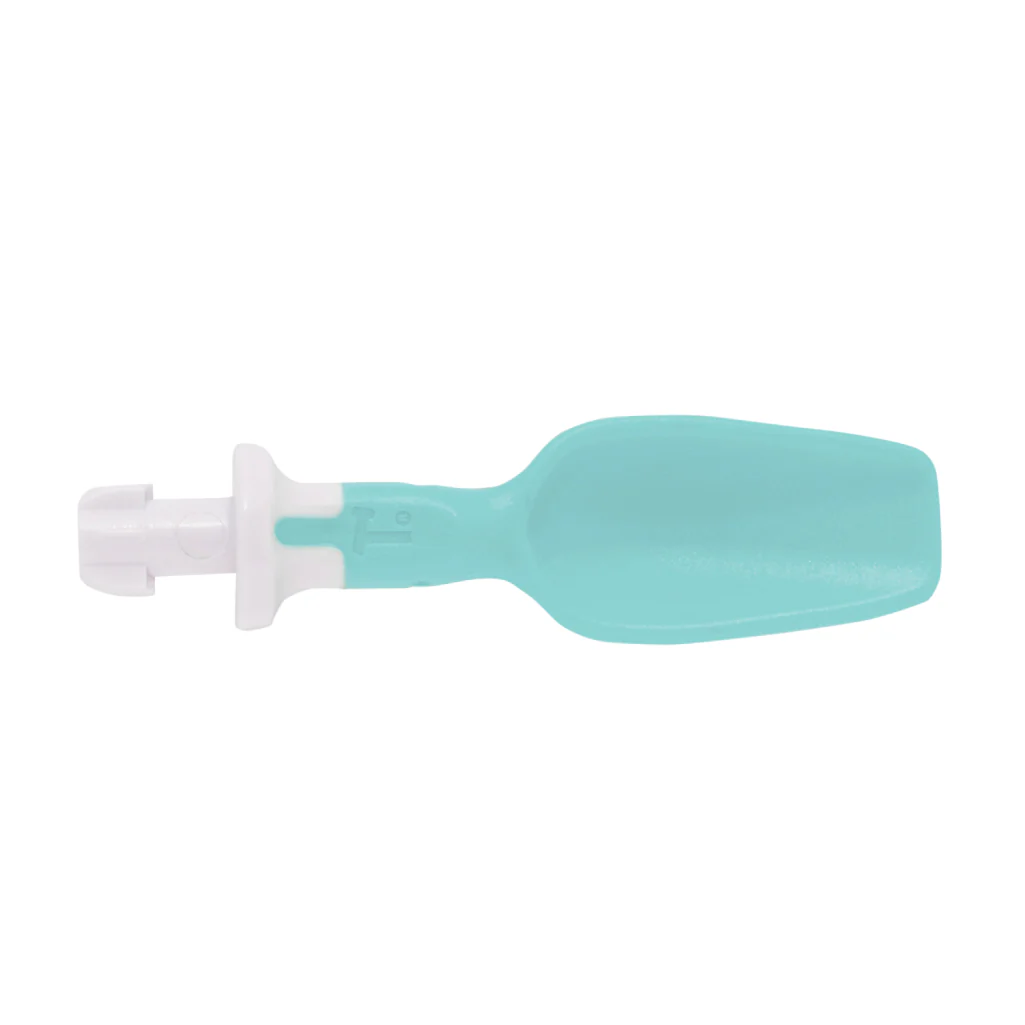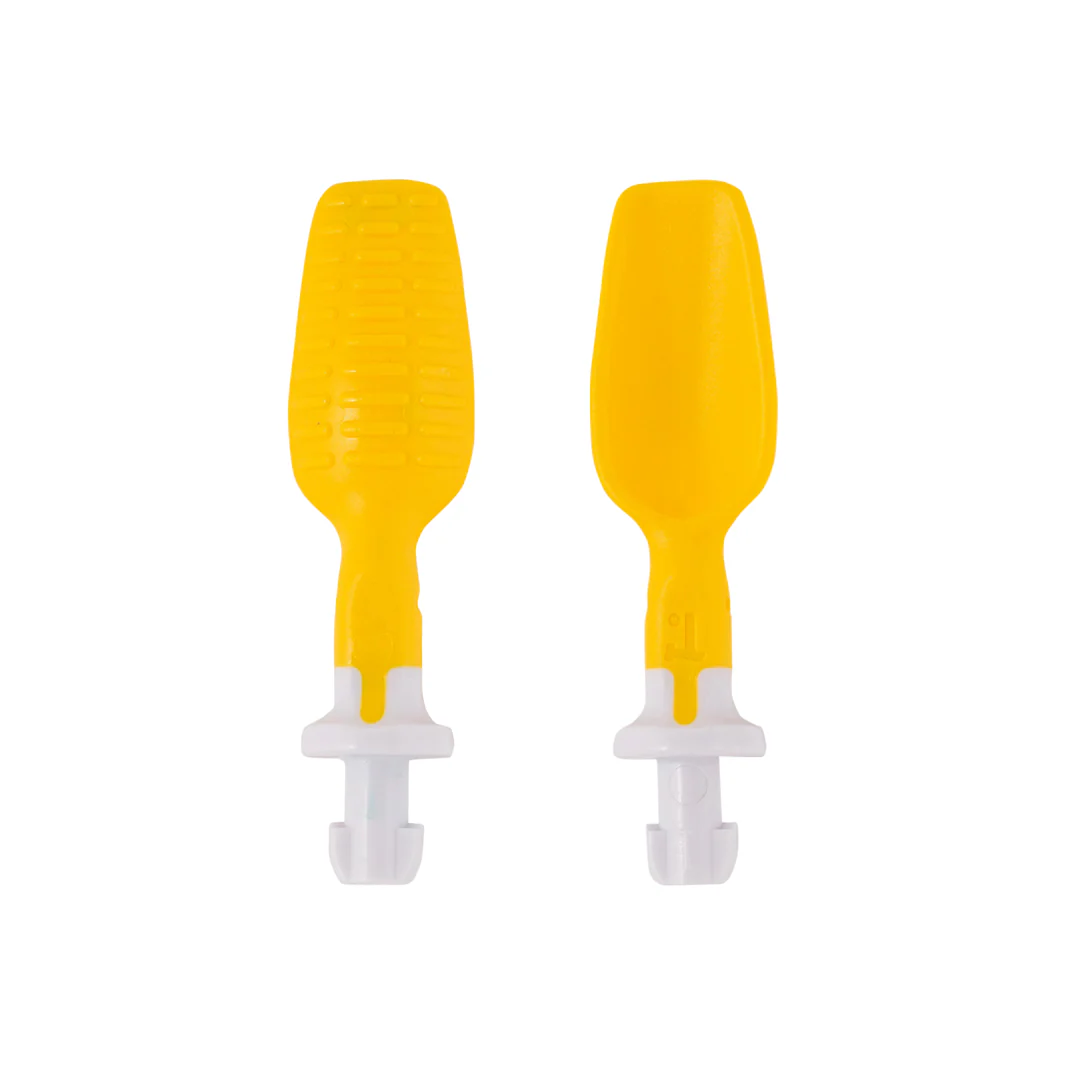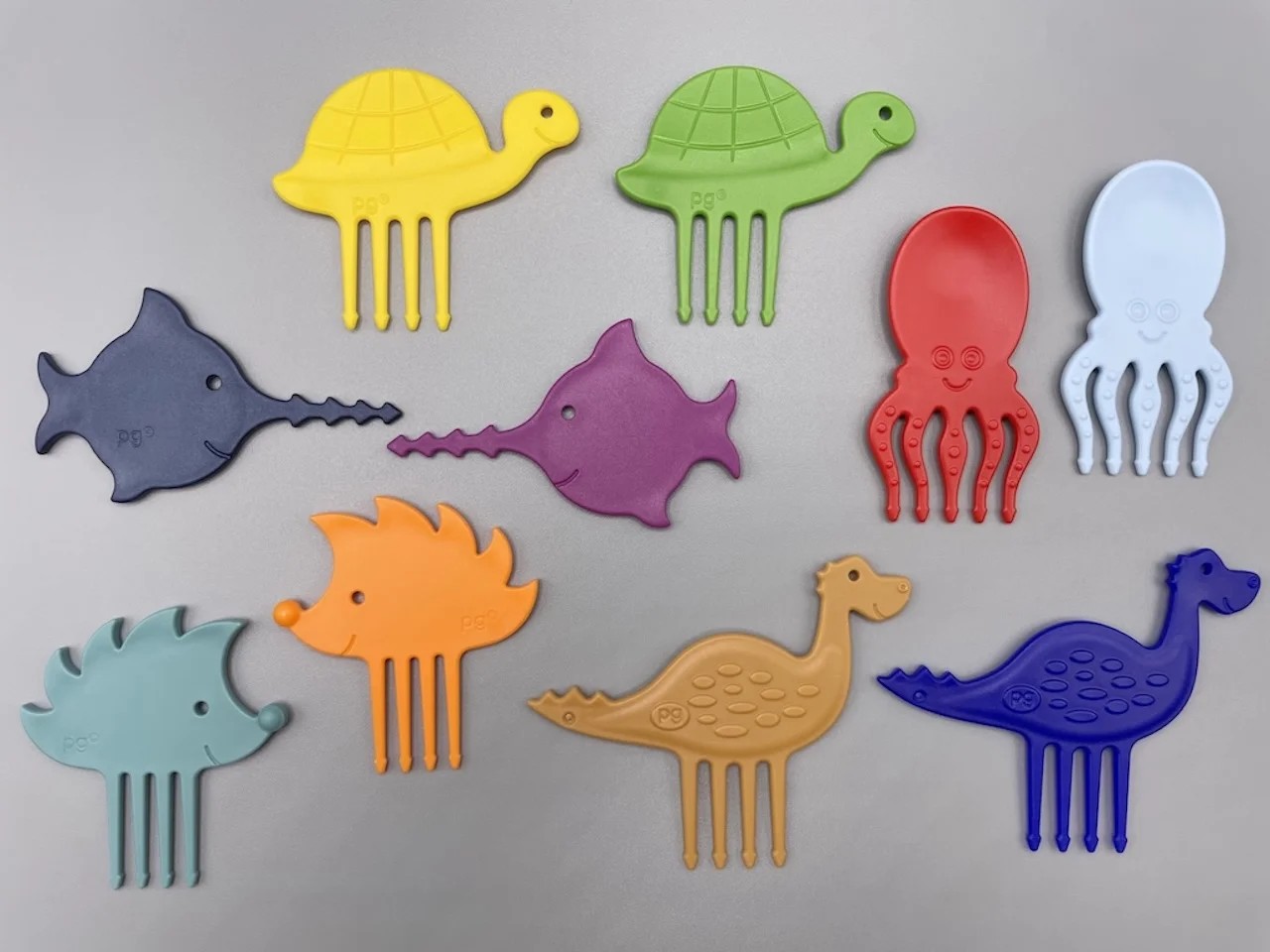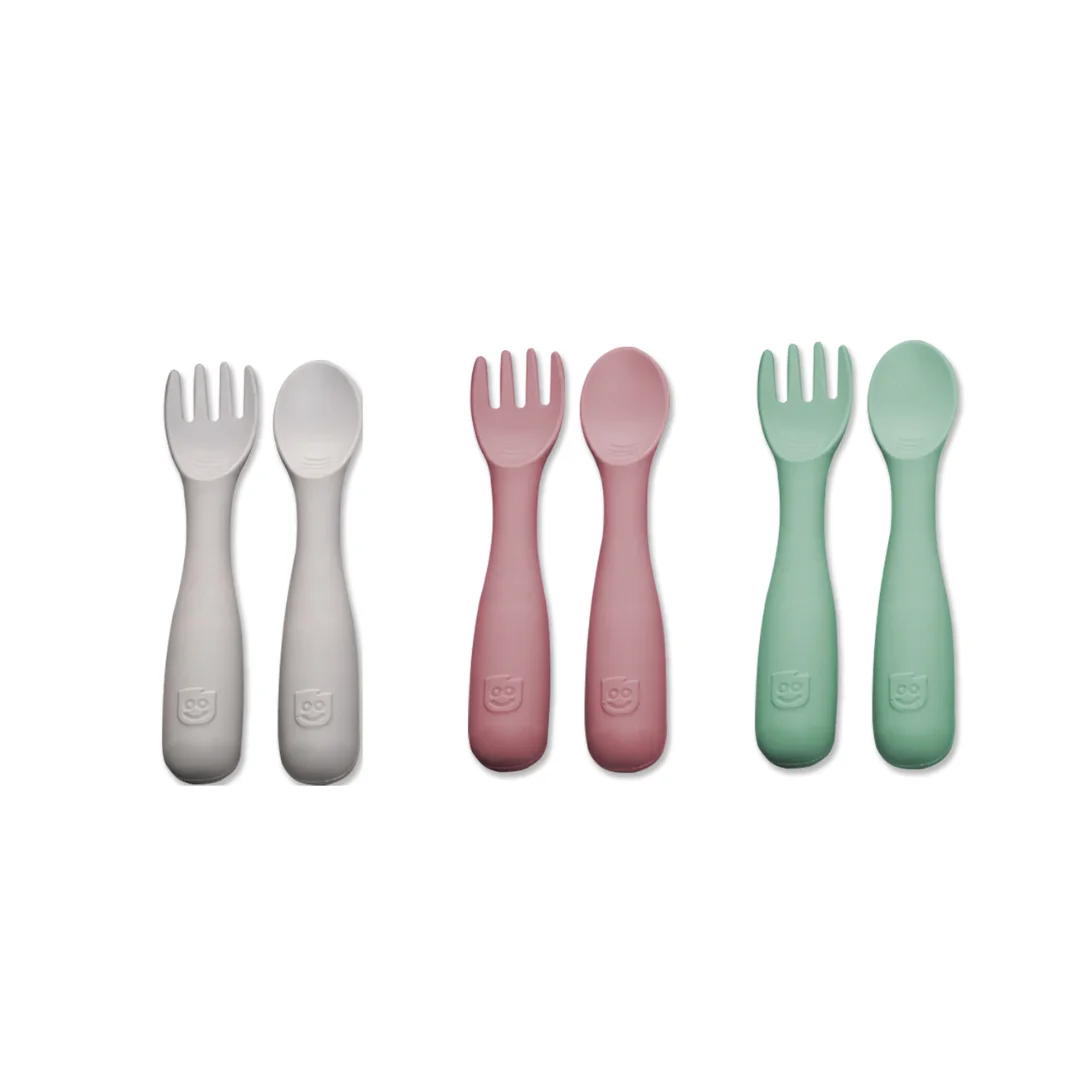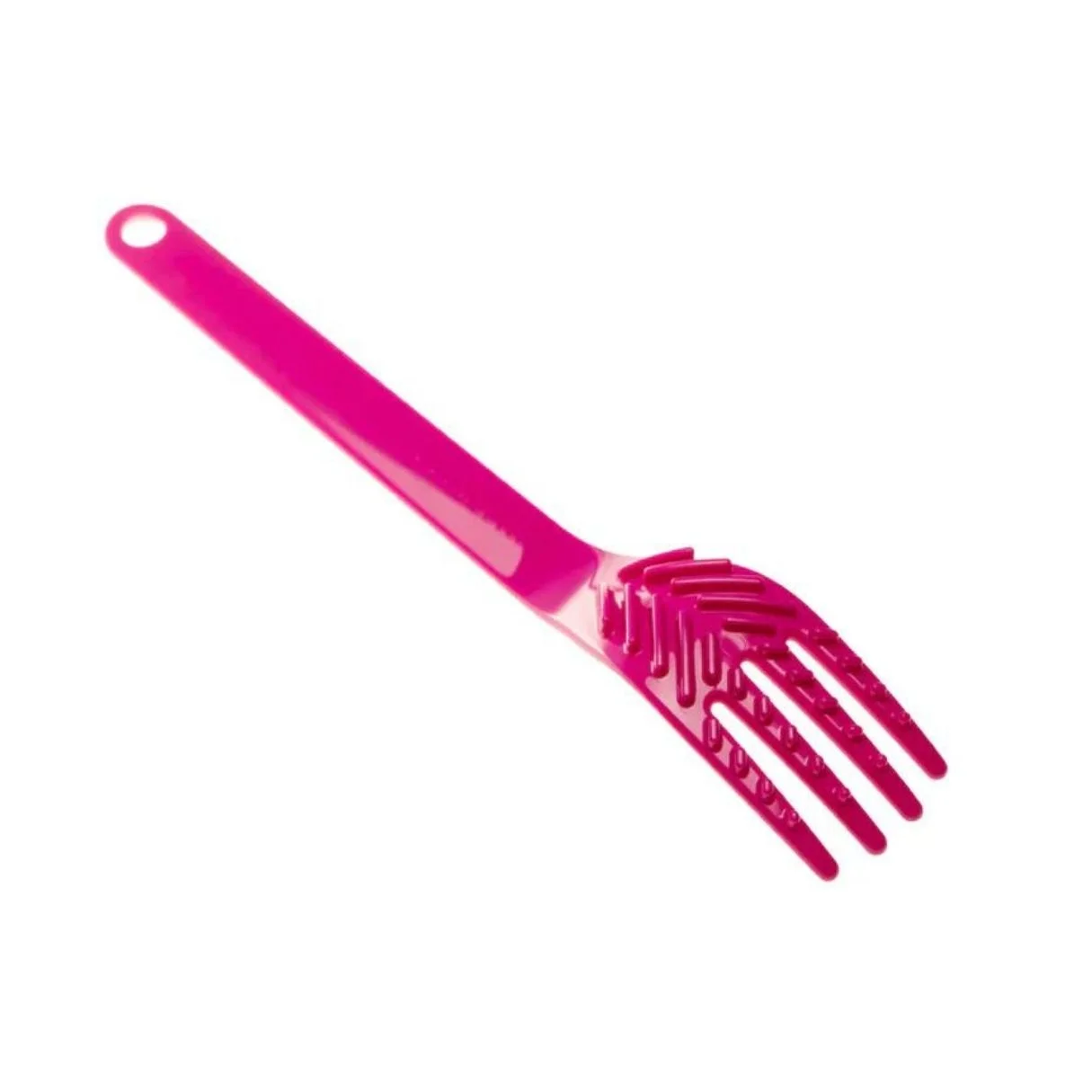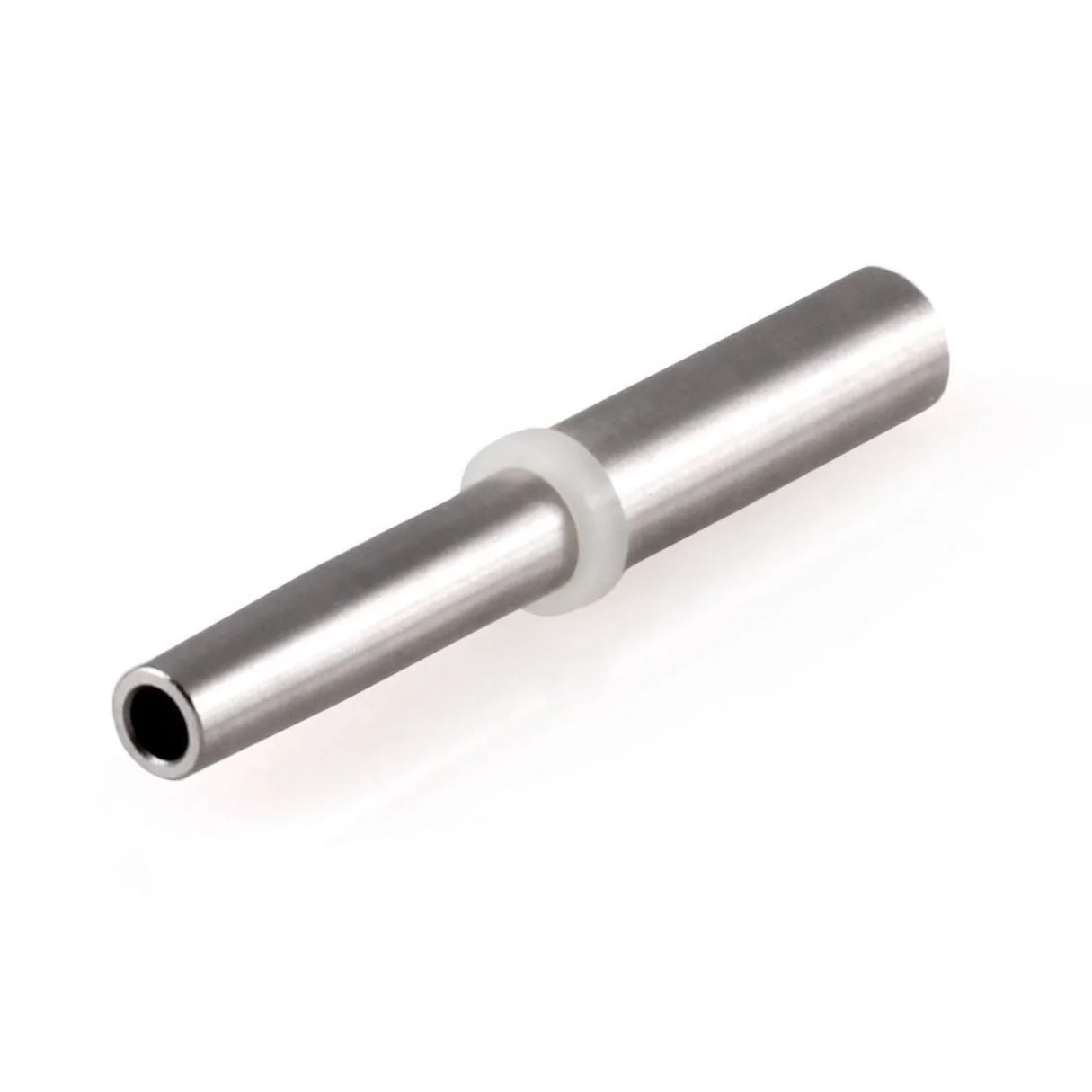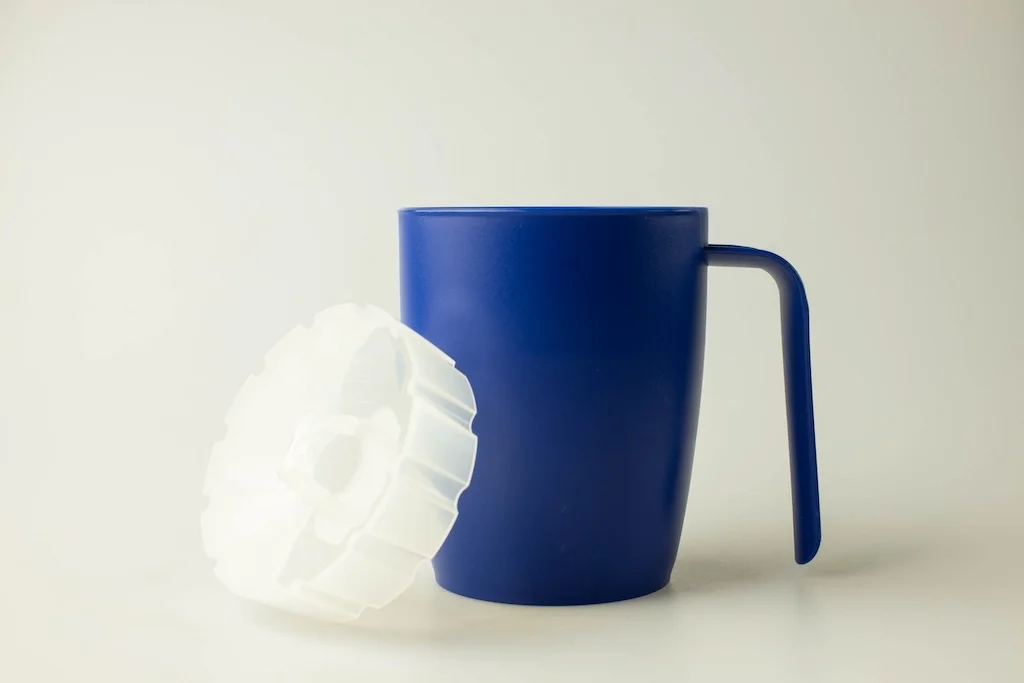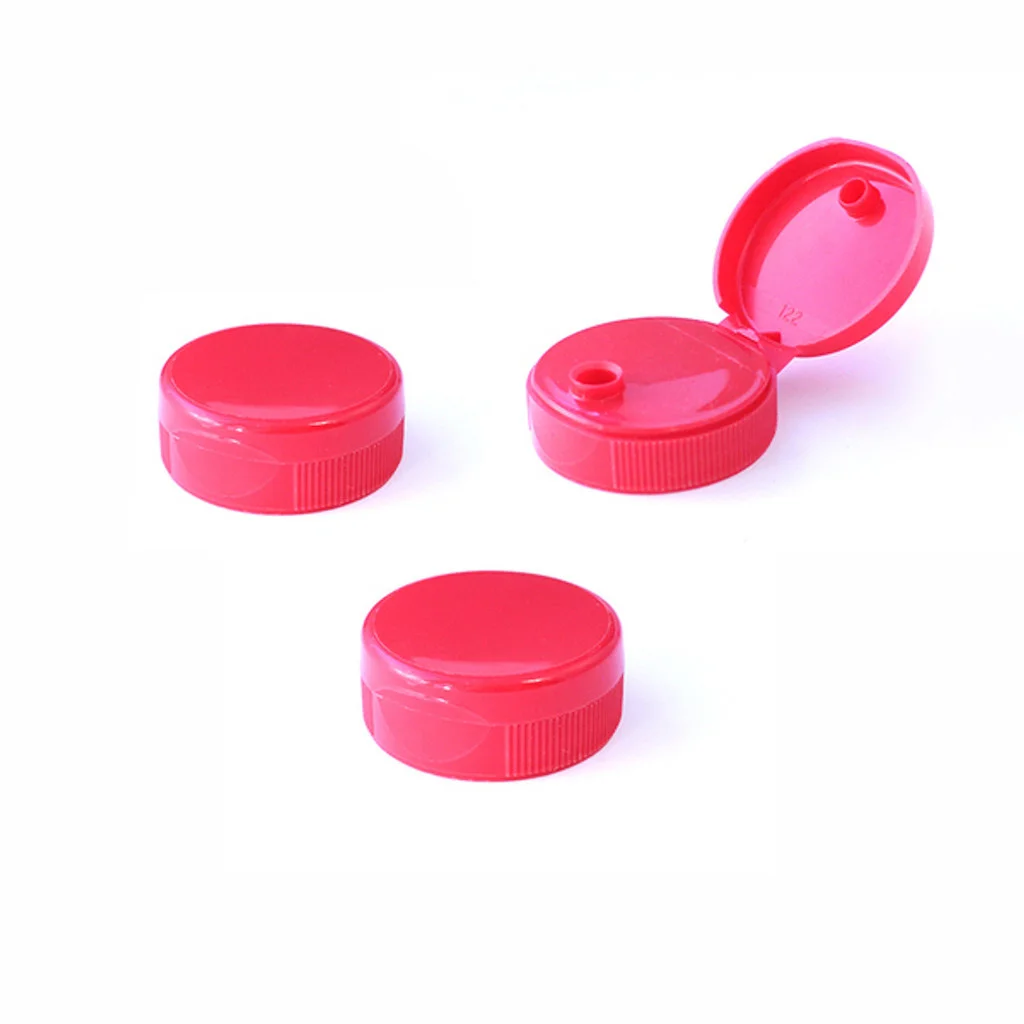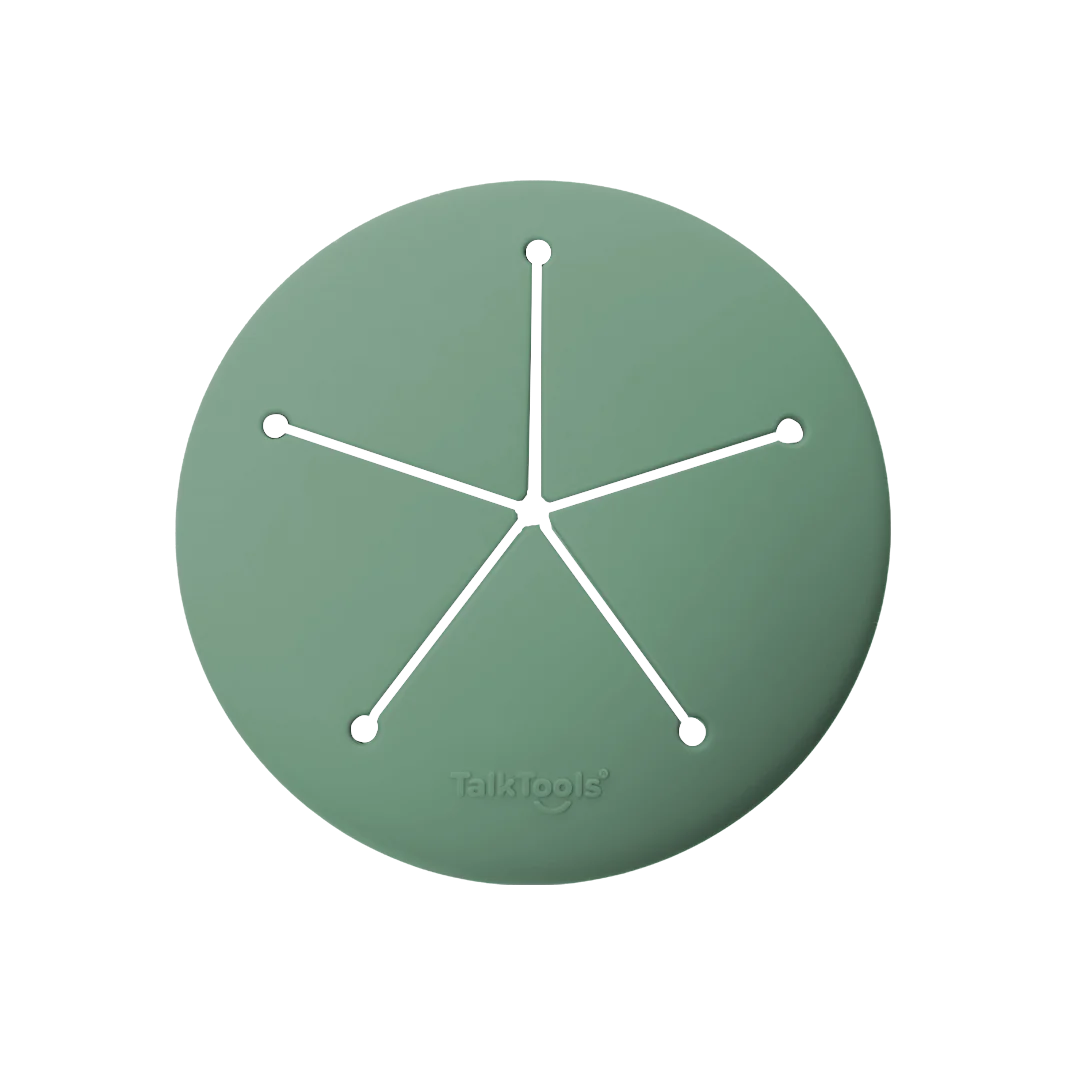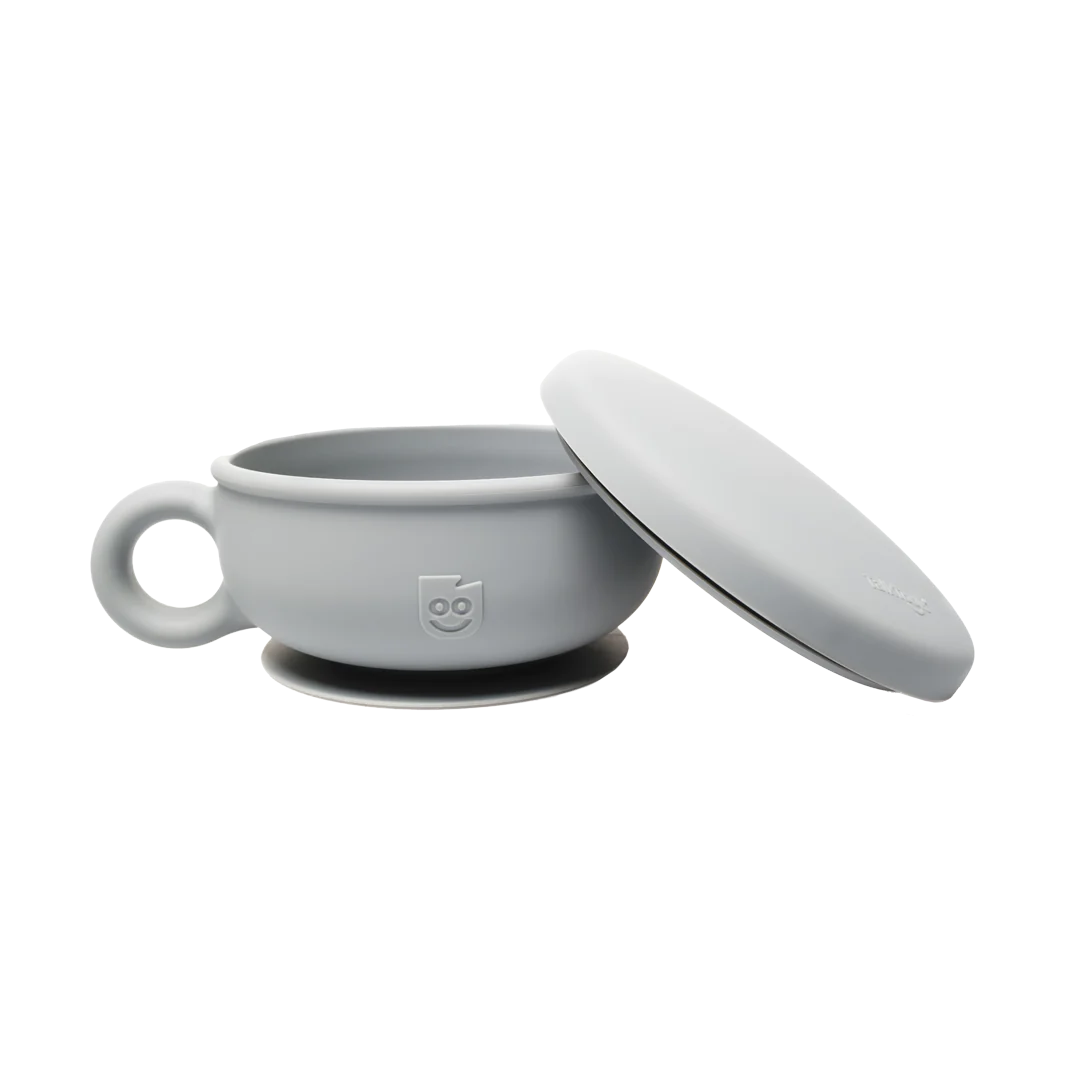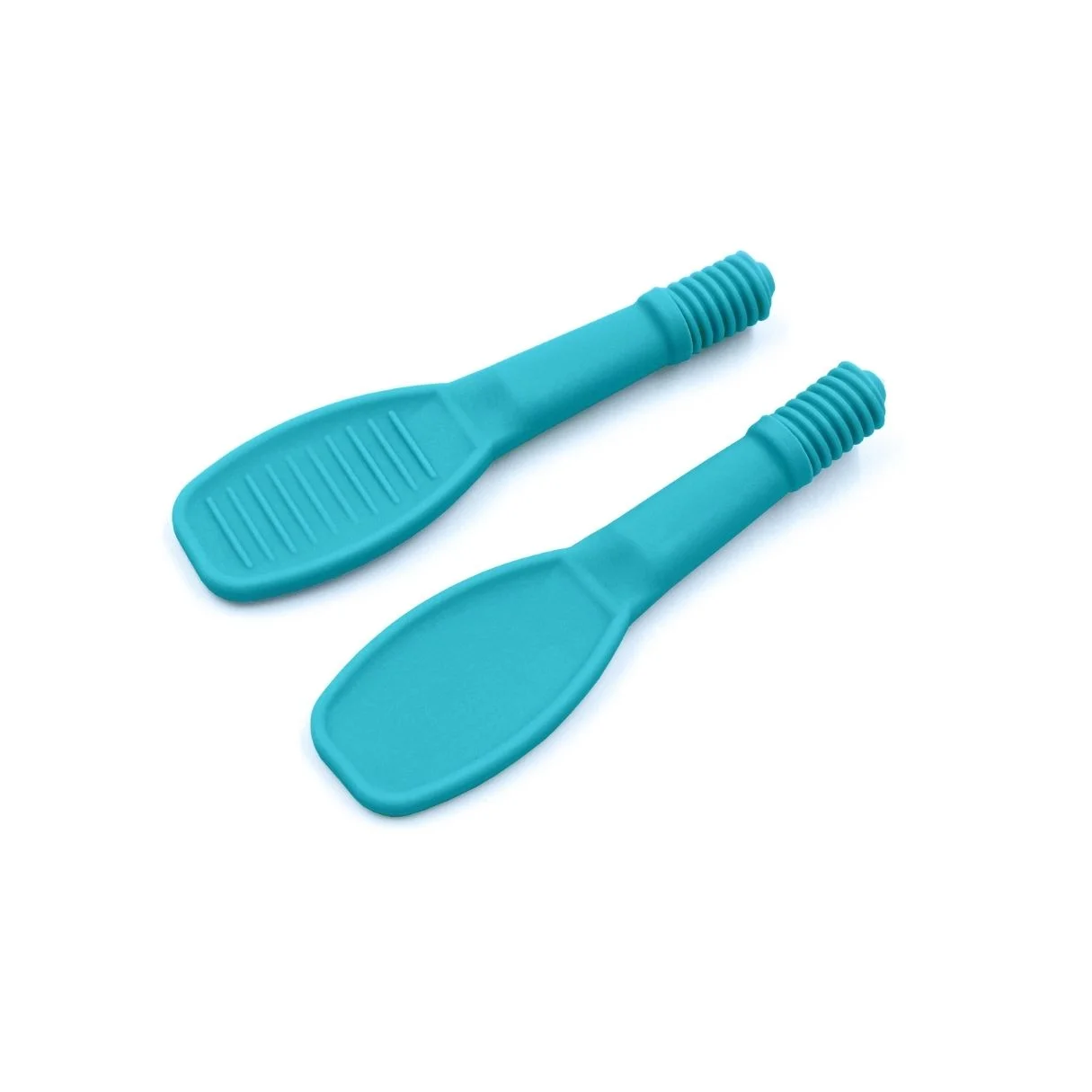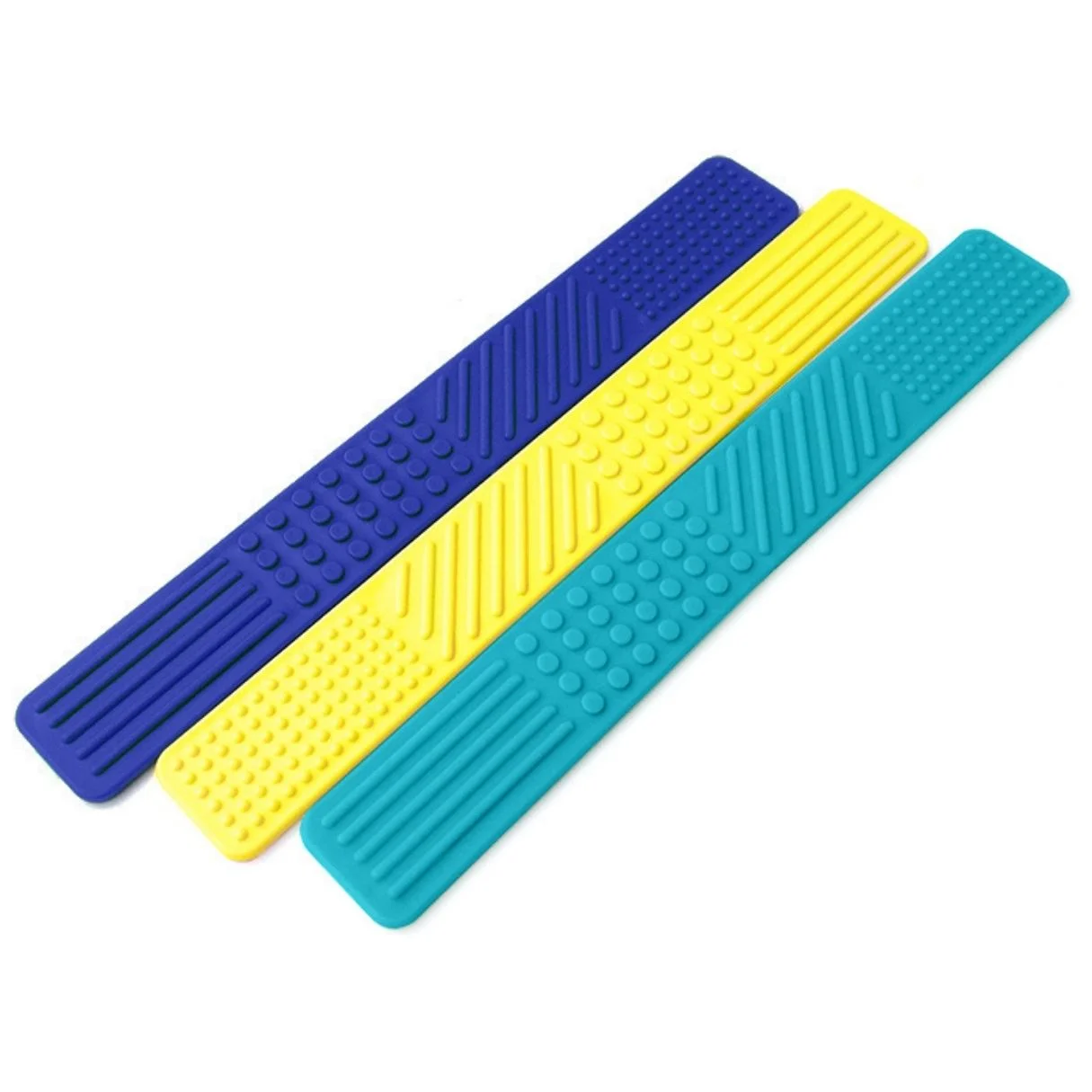Eating & drinking
Would you like to prevent your child from suffering the consequences of an orofacial myofunctional disorder? That the development of the jaw and airways is as healthy as possible to avoid late effects?
Then you've come to the right place at LOGICANA. In this online store for speech therapy material you will find products that will help you to accompany your child on the path of physiological development!
Why is there a Food & Drink section on LOGICANA?
In the "Eating & Drinking" category, you will find products that help you and your child to learn and maintain the physiological, i.e. correct, swallowing pattern, to strengthen the facial muscles sufficiently and to be varied at the same time.
In many families, the topic of soothers and bottles is often not discussed enough from a speech therapy perspective.
Here on LOGICANA there are also numerous downloads with information on the respective products. In addition, the products are already pre-selected to support physiological development.
How can they already support your baby?
The topic of soothers, breastfeeding and bottles has already been briefly mentioned, but I would like to emphasize once again that the use of soothers should only have a regulative effect! This means that it should be considered whether sucking on the soother has a calming effect on the child or whether it is just a habit that the child carries the soother in its mouth. The topic of weaning is also often neglected - the soother was only offered by mom or dad as a calming mechanism and should be weaned off just as carefully and lovingly.
How long should a baby be breastfed?
According to WHO recommendations, you should fully breastfeed your child until 6 months of age, and then breastfeed alongside with complementary foods until around the 2nd birthday. Every breastfeeding relationship is individual and goes through different phases. A breastfeeding consultant will be on hand to answer any questions you may have or simply provide you with information. Every family is free to decide whether and for how long to breastfeed, but the positive effects of breastfeeding on the mother-child relationship and the health of both should be taken into consideration.
How long should my child drink from a bottle?
Due to the sucking pattern required to be able to drink from a bottle, it is recommended to stop bottle feeding around the 1st birthday. Pre-milk can of course still be given, but this should be given from a cup or from a bottle with a straw, for example from our
bear bottle.
Why is it so important what my baby drinks or eats from?
When your baby is born, it is equipped with a sucking reflex that allows it to suck on your breast immediately. The tongue movements occur naturally. Later, when your child starts complementary feeding, a developmental step in the swallowing pattern is necessary so that the so-called "infantile swallowing pattern" is no longer used, but the physiological swallowing pattern.
The difference is as follows: when sucking on the breast, the tongue lies on the lower gums, the mouth is opened wide and the nipple is pressed against the palate in a sweeping motion. Later, the tongue should lie on the palate and thus transport the food or liquid from the papilla incisiva (n-spot) into the throat!
Which products are recommended for the start of complementary feeding?
As soon as your child has met the signs of maturity (see complementary food guide), you can start thinking about how best to support the development of the facial muscles.
To make eating particularly interesting, you can use the flat textured spoons, for example. This trains lip closure and the textured surface on one side provides additional input. The
P-Tube Grabber® textured or smooth can be dipped into purree so that your child has to actively suck on it to get the porridge out of the opening. Or a cornflake can be hidden in the opening to encourage chewing. The
ProSpoon from ARK make independent eating easy! The handle has been designed so that small baby hands can hold the spoon well.
The classic cup to learn drinking is the
Camo Cup. It was developed for babies, children and adults with sensory deficits. Different textures on the cup specifically promote muscle activity and make the cup easier to handle thanks to wide grooves for the hands.
